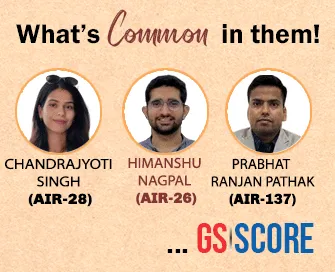

13th February 2025 (13 Topics)
Context
India’s retail inflation, a key indicator of price changes in the economy, slowed to a five-month low in January 2025. It was recorded at 4.31%, lower than the expected 4.6% and significantly lower than the 5.22% observed in December 2024.
Key Points:
- Food Price Inflation: Food inflation, a major component of overall inflation, eased from 39% in December 2024 to 6.02% in January 2025. This reduction was driven by lower vegetable and pulses prices, which saw significant price drops compared to the previous month.
- Vegetable Prices: The prices of vegetables increased by 35% in January 2025, but this was much lower than the 26.60% rise in December 2024, thanks to better winter harvests.
- Cereal and Pulses: Cereal prices rose by 24%, and pulses saw an increase of 2.59% year-on-year in January 2025, both slightly lower than the previous month's rise.
What is Retail Inflation?
|
PYQQ. Consider the following statements: (2020)
Which of the statements given above is/are correct?
Solution: (a) |
More Articles

